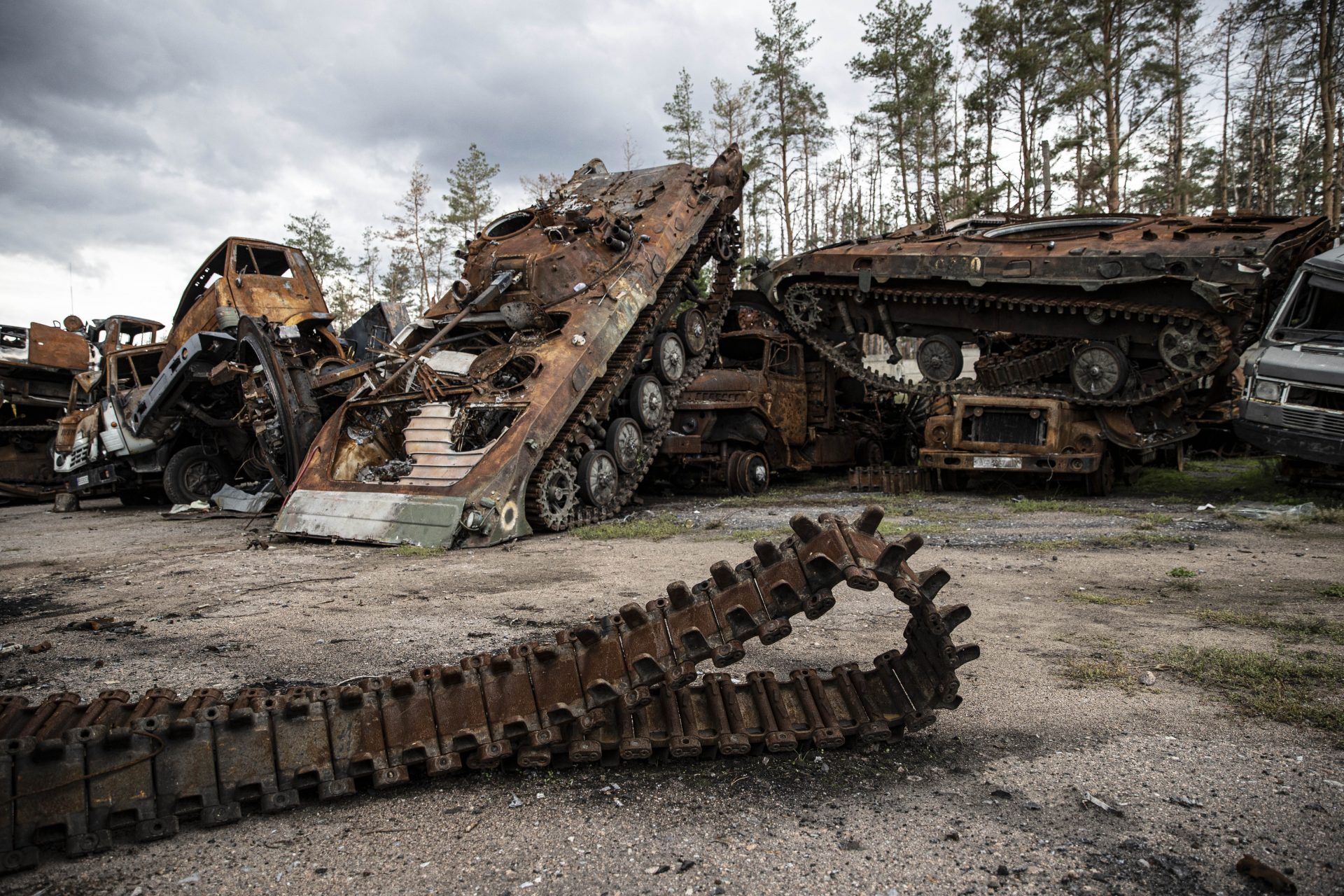Why have billions of snow crabs disappeared from Alaska’s waters?
Alaskan authorities canceled the state's yearly snow crab fishing season for the first time in its history in 2022.
The cancellation came on the heels of the announcement of a record decline among the snow crab population.
The crabbing season is one of Alaska's most profitable industries. Crab legs are a delicacy around the world and their demand nets Alaskan fisheries roughly $160 million dollars annually.
Federal fisheries managers estimate that roughly one billion snow crabs seem to have disappeared from the waters off the coast of Alaska.
This figure represents an 80% decrease in the crab population since 2018. But what caused such a drastic decline?
American officials are not entirely sure if there is one major cause driving the crab population's decline, but they have noted that this wasn't a sudden decrease.
The origins of the situation seem to have begun in 2018 when an unusually high crab population was faced with some of the warmest ocean temperatures ever recorded.
The fallout of the 2018 marine heatwave, already associated with a number of seal and seabird die-offs, reduced the levels of ice on the Bering Sea and posed a significant challenge to the younger crab population.
In 2019, the situation was made clear when a report developed from the National Oceanic and Atmospheric Administration (NOAA) annual trawl survey revealed a steep decline in the number of juvenile crabs.
Biologists currently believe that this year's canceled crabbing season is the direct result of the climate factors generated in 2018.
Young crabs were unable to mature in cold-water pools on the ocean floor and this resulted in the rapid collapse of the crab population.
By 2021, the NOAA annual trawl survey also revealed that it was not just the young crab population that was on the decline. More mature crabs were also being affected by the changing climate conditions in the waters off the coast of Alaska.
In an interview with the Guardian, Erin Fedewa, a marine biologist with Alaska's Fisheries Science had this to say: “I just remember being out on the boat and knowing that something was wrong, because at stations that we normally sample several thousand snow crabs, we were catching maybe a couple of hundred.”
According to an annual survey of the Bering sea floor produced by the NOAA, by late 2022 it was estimated that the snow crab population was in total collapse. Of the more than 11.7 billion estimated crabs counted in 2018, only 1.9 billion remain today.
The collapse of the snow crab population also holds bigger problems for Alaskan fisheries. The loss of such a large number of crabs is also a huge loss to the local ecosystem. Predatory fish and mollusks will be missing a better food source and forced to hunt other prey, a situation that could trigger a larger ecological collapse.
It is feared that as the Bering Sea's waters continue to warm, this will also push the juvenile crab population into fewer and fewer cold-water pools to mature. This issue could lead to overcrowding, starvation, and disease that would continue the collapse.
There are also bigger fears for crab populations as the water in the Bering Sea continues to warm. Colder waters have protected the current ecosystem from other predatory fish populations. Cod, which are less adapted to cold water, could begin moving into the Bearing Sea as warm waters and start feeding on the remaining crab population.
The drastic collapse in crab populations also has some authorities speculating about the role fishing might have played in the snow crabs' collapse.
Local crabbers have expressed their concern over commercial groundfish trawlers and their fishing practices of blindly raking the ocean floor. It is also thought that as waters warm and high-value fish populations move north, commercial operations are pushing north with them, catching crab populations in the crossfire.
When asked about what she thought about fishing trawlers by the Guardian, Erin Fedewa said that "there's always some sort of bycatch. In the springtime when the crabs are molting, they are potentially very vulnerable to interactions with gear.”
More research is needed to fully understand how fishing is affecting the crab population. But many believe that climate change is still the real driving force behind the declining crab population, and more needs to be done to prevent the snow crabs' extinction.
Since the announcement of the canceled crabbing season the North Pacific Fishery Management Council (NPFMC) has announced plans to help rebuild the crab population while many Alaskan crabbers are hoping for financial assistance from the federal government to help them with the costs associated with the lost crabbing season.
More for you
Top Stories


































